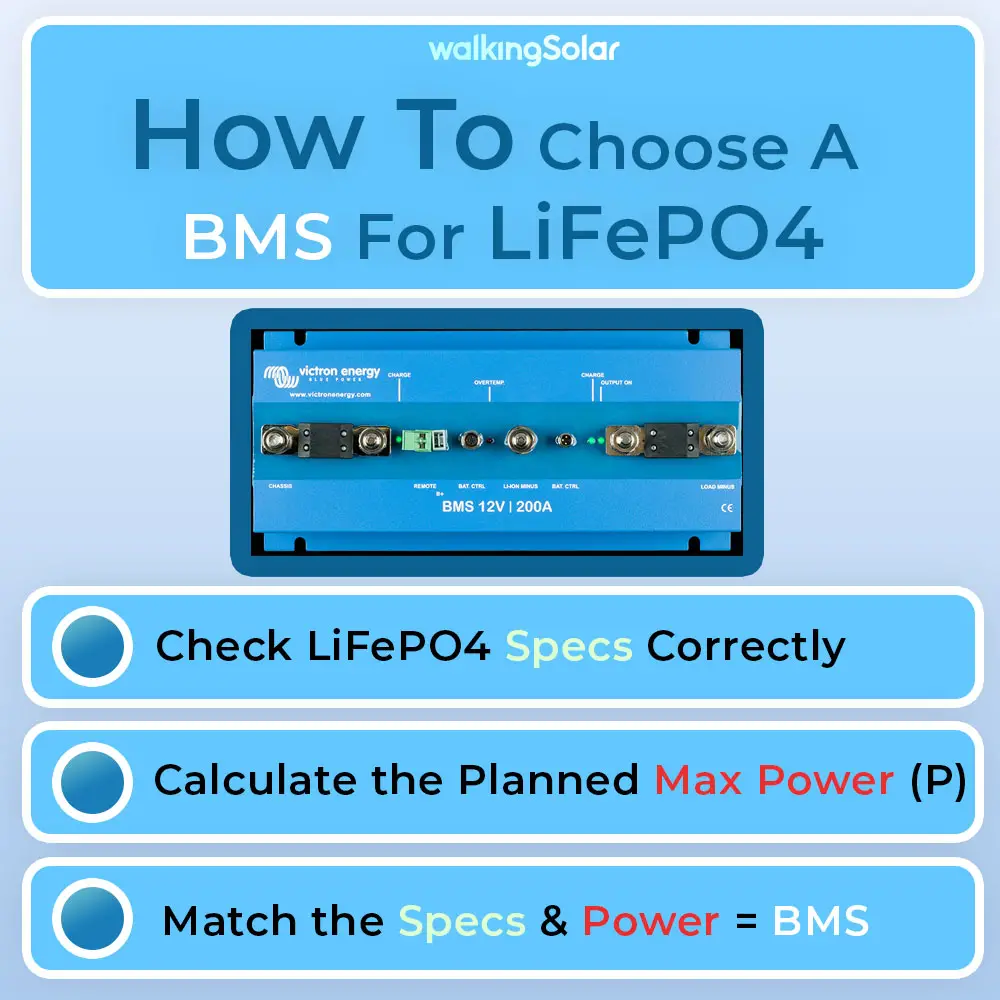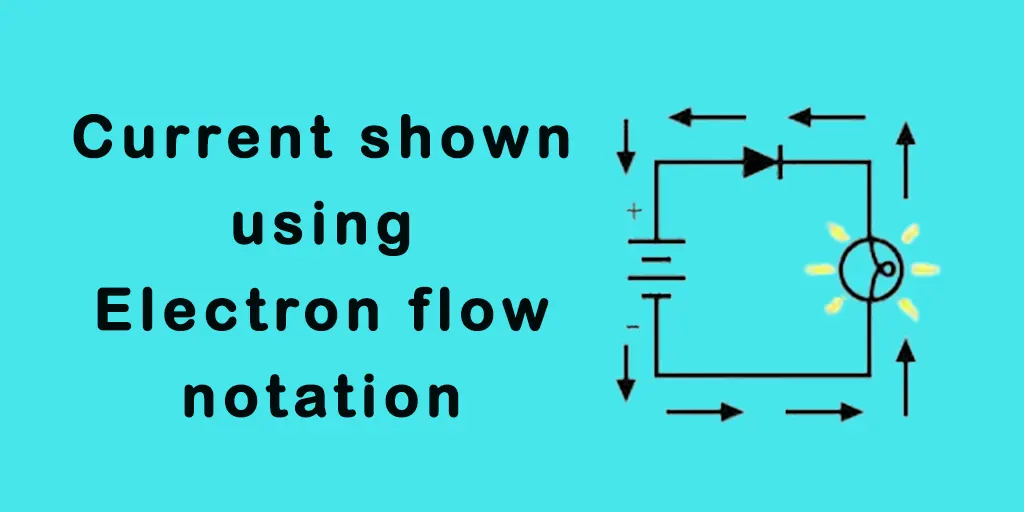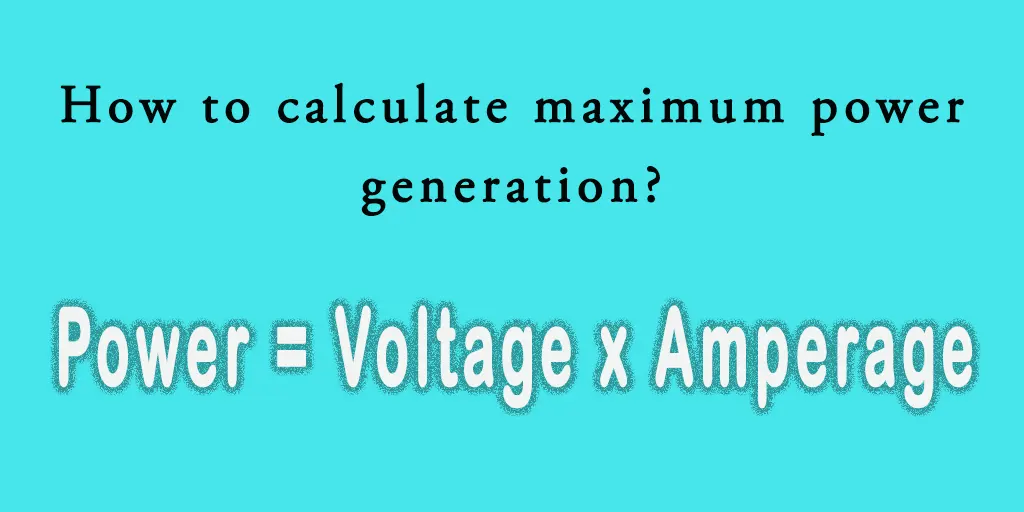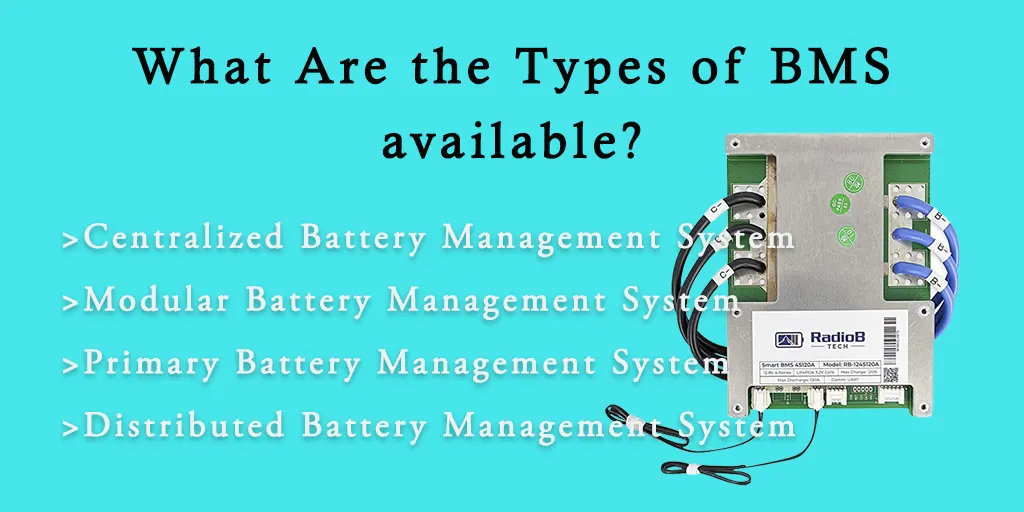These are the elements based on which you have to choose your BMS size:
Let’s assess your LiFePO4 battery Specs
You will have to measure the above 4-key components of your LiFePO4 battery cells and size the BMS by that. For better understanding, I will discuss them in detail.
The BMS for your LiFePO4 battery should be compatible with your battery cell specs. Let me put it this way if you have a 12V battery pack; your BMS should be rated for 12V. It entirely depends on your battery size.

The voltage of your LiFePO4 battery
I’ve already mentioned that voltage is the potential electrical difference between two circuit points. Its unit is written as Volts, or simply V.
Let me explain in simpler terms, voltage is a pressure or force in which direction current moves from point A to point B in an electric circuit.
Your LiFePO4 battery pack is an accumulation of multiple cells, and the total amount of cells in the battery pack will determine its nominal voltage.
Generally, each LiFePO4 battery cell has a 3.2V nominal voltage. So, if you take 4 of these battery cells, the total nominal voltage will be 12.8V.
Amperage Value

Those who were attentive in their chemistry classes should remember that amperage measures electrical current flow rates. In other terms, it is the rate of electron flow in a circuit.
It shows the number of electrons passing through a certain point at a given time in an electrical circuit. It’s expressed as an amp/ hour or Ah. Normally, a 12V battery can produce a maximum of 100 amp per hour.
Full Capacity of the Battery or Battery Pack
Battery capacity is crucial for BMS sizing. It shows the total amount of current a battery pack can supply for 1 hour until the voltage drops to a specific value. The value depends on the battery type.
Battery capacity is shown as amp-hour. The more your battery capacity, the bigger your Battery Management System will be.
C-Rate Value of the Battery Cell
It measures the discharge rate of a battery pack against its rated capacity. Every battery pack has a rated discharge rate, but C-rate measures the rate of discharge of your battery in reality.
If your LiFePO4 battery has a 1C rate, it means the current of your battery will be discharged in 1 hour. So, if you have a 100Ah 1C rated LiFePO4 battery, you will get 100 amp for 1 hour.
In another scenario, if your battery pack is 100Ah but 0.5 C rated, you will get a 50 amp current for 2 hours.
This is How You Select a BMS For LiFePO4 Battery Pack
Now that we know what determines the size of a BMS, now you can easily calculate the correct size.
I have already said that a BMS must be compatible with the battery pack. Most importantly, you must use a BMS rated with the correct amperage.
You have to calculate the maximum amount of power your LiFePO4 battery pack will produce to size its BMS.

Power (W) = Voltage (V) x Amperage (Amp).
This is the formula to calculate maximum power generation from your battery pack. Now, putting numerical values will give you the power output.
Say you have a 4-cell LiFePO4 battery pack and 100A BMS, but you want to draw 2000W from your battery.
We know that 4 cells of the LiFePO4 battery pack produce 12V, which can produce a maximum of 100 amp. This is the amount your 100A BMS can handle.
Now you will get maximum, Power = 12V X 100A = 1200W.
So, with this system, you can only produce 1200W, which is far less than 2000W. That’s why a 100A BMS won’t suit your battery pack. However, a 200A BMS will be compatible with it.
Because it will produce, P= 12V X 200A = 2400W.
That’s how you can size your BMS according to your battery pack size.
Similarly, if the nominal voltage of your battery pack increases, a 100A BMS will be suitable for larger power output.
For example:
With a 24V battery pack, the maximum power output would be 2400W. So, a 100A BMS will easily take 2000W output. But remember, in that case, your BMS will also have to be rated for 24V along with your battery pack.
What Are the Types of BMS available?

According to how they are built and the technology of the battery packs, there are 4 types of Battery Management Systems. Let’s take a glimpse at them.
Centralized Battery Management System
In this type of BMS, all the battery packs are directly connected to the central BMS. It is a compact BMS with clear feasibility.
Modular Battery Management System
This type of BMS is grouped into many duplicate modules. And each module has its separate wire bundle and connects to the adjacent assigned part of the battery pack.
Primary Battery Management System
It is somewhat like the modular topology. However, the primary modules here only transfer the measurement info, whereas the main module will compute, control, and run the external communication.
Distributed Battery Management System
In this BMS, there are modules and hardware & software acting like modules, which are attached through wiring. Every component is monitored and synchronized by a control board.
Here’s a table showing the advantages and disadvantages of all 4 BMS types.
| BMS Type | Advantages | Disadvantages |
| Centralized BMS | Compact DesignExcellent Feasibility | More batteries require more ports. |
| Modular BMS | Offer more space for other options. Less computational attempt. | Incurs higher costs. |
| Primary BMS | Less CostlySimple function | Not compatible with scaling operations. |
| Distributed BMS | Fewer cables Automatic communication | Deep routine and difficult troubleshooting. |

Eng. Matthew Joseph Nandirio is the Founder of walkingsolar.
After graduating from the University of Houston in 2002, matt started working as a Solar Electrical Engineer for several multi-national solar energy companies.
He has a wide range of experiences including solar system requirement analysis, planning, maintaining, debugging and even solar device development through research.
He now shares his 20 years of expertise through his articles on the walkingsolar website.
Further, he is also the author of two books on Solar Technology, “Solar Power for Villages” and “DIY Solar System for Dummies”.
